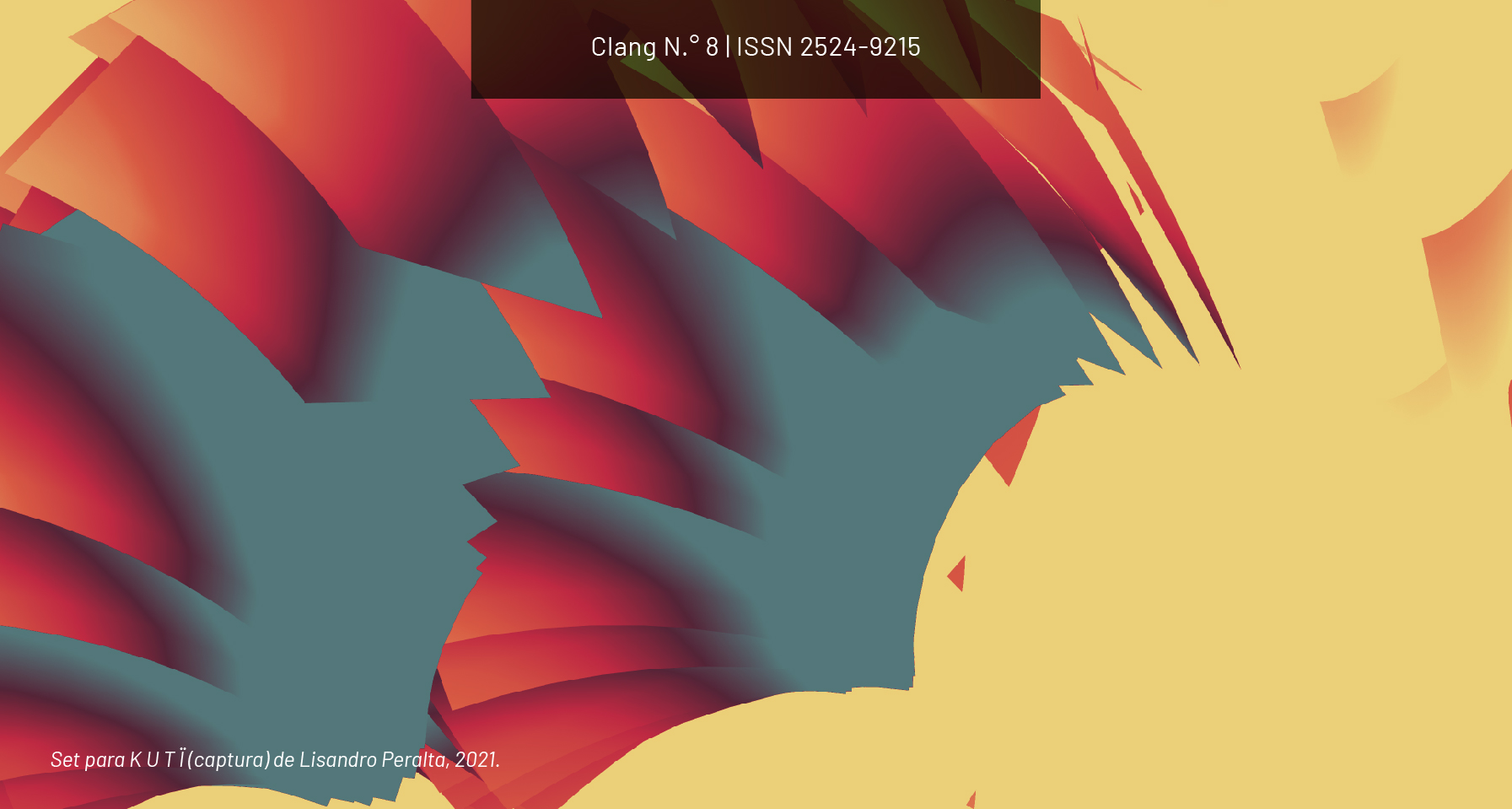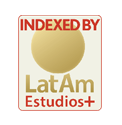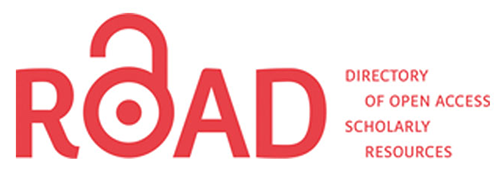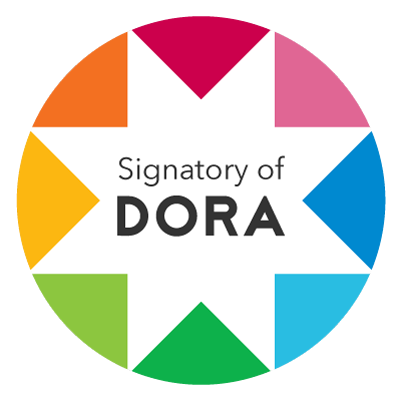In Sound Temporality
DOI:
https://doi.org/10.24215/25249215e027Keywords:
sound transformation, course, track, loop, sampleAbstract
In electronic music, repetition is the main compositional resource for the construction of the musical course. This resource takes the name of loop, and these are generally made with samples. In this article we seek to show how the implementation of such resources implies that the time course is assigned to the sound transformation. For this we will consider the formal aspects of a track and the musical devices and musical procedures that are used for its composition.Downloads
References
Deodato, B. (2019). Ardente. Facas. Innervisions. https://soundcloud.com/trikksound/ardente.
Gilbert, J. y Person, E. (2003). Cultura y políticas de la música dance. Paidós Ibérica. Lahiteau, L. (2021). Los desafinados también tienen corazón. Una historia del Auto - Tune. Firpo casa editora.
Laus, P. (2015). The Moment. En The Moment. Steyoyoke. https://soundcloud.com/steyoyoke/habischman-the-moment-blancah-remix
Lenarduzzi, V. (2012). Placeres en movimiento: cuerpo, música y baile en la escena electrónica. Paidos.
Reynolds, S. (2010). Después del rock: psicodelia, postpunk, electrónica y otras revoluciones inconclusas. Caja Negra.
Reynolds, S. (2014). Energy Flash: un viaje a través de la música rave y la cultura de baile. Contra.
Romboy, M. (2018). Infrared. En Secret Weapons. Innervisions. https://www.youtube.com/watch?v=QUJyto8R63s
Strinati, J. (2019). Slant. En Slant. Steyoyoke. https://soundcloud.com/steyoyoke/strinner-slant-original-mix
Downloads
Published
How to Cite
Issue
Section
License
Copyright (c) 2022 Lucio Consolo

This work is licensed under a Creative Commons Attribution-NonCommercial-ShareAlike 4.0 International License.
The acceptance of the manuscript by the magazine means the non-exclusive cession of the property rights of the authors in favour of the editor, who allows the reuse, after publication (post print), under a license Attribution-NonCommercial-NoDerivatives 4.0 International.
According to these terms, the material can be copied and redistributed by any means or in any format as long as a) the author and original source of the publication are quoted (magazine and URL of the work), access to the license is provided and whether changes have been made is mentioned; and b) the material is not used for commercial purposes.
The cession of non-exclusive rights means that after the publication (post print) in Clang the authors can publish their work in any language, means and format; in such cases it must be mentioned that the material was originally published in this magazine. Such cession also means the authorization of the authors for the work to be collected by SEDICI, the institutional archive of the Universidad Nacional de La Plata, and to be spread in the databases that the editorial team considers appropriate to increase the visibility of the publication and its authors.
Moreover, the magazine encourages the authors to deposit their productions in other institutional and thematic archives under the principle that offering the society the scientific and academic production without any restrictions contributes to a greater exchange of the global knowledge.












 </a >
</a >












